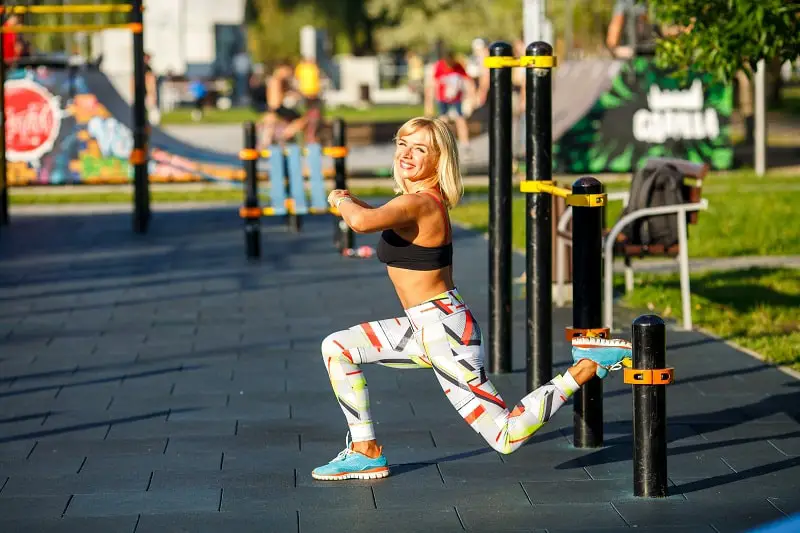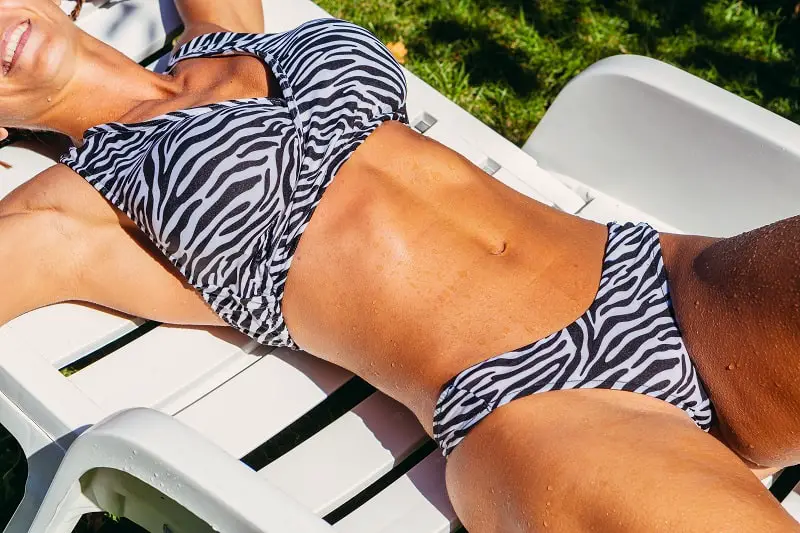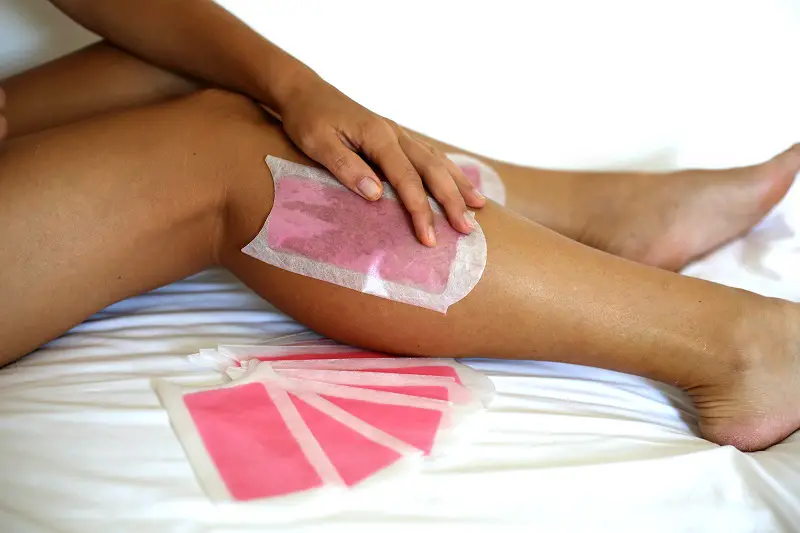What SPF sunscreen should you use to exercise outside? If you enjoy exercising outside then you should be wearing sunscreen, especially if the sun is out.
Now, if this is true for you, then you might be wondering which SPF is best for exercising outside. Luckily for all you exercise enthusiasts, this article will dive deep into what SPF strength is best for exercising in any season.
Also, we’ll be reviewing the different types of SPF strengths available and the key differences between them. Without further ado, here is everything you need to know about the best SPF for exercising outside!
What Level Of SPF Should You Use When Exercising Outside?
The American Academy of Dermatology strongly recommends using sunscreen with an SPF of at least 30 when exercising outside. As a rule of thumb, you should be extra careful and avoid exercise during the hottest part of the day, or at least in direct sunlight at this time.
Furthermore, investing in water-resistant sunscreen can protect you even while you are sweating or participating in water sports. As a little tip, putting on sunscreen before your workout clothes can also be beneficial to ensure proper coverage.
Is SPF 30 Or 50 Better?
Ultimately, the difference between SPF 30 and SPF 50 is minuscule. That being said, there is certainly a difference in protection. Generally speaking, SPF 30 will protect you from about 96.7% of UVB rays and SPF 50 will protect you from 98% of UVB rays.
In regards to these numbers, SPF 50 would be better because it offers more protection from UVB rays than a sunscreen with an SPF of 30. For proper protection, apply a good layer across all exposed skin to get the most out of your sunscreen.
Applying sunscreen on clean, dry skin will help you to get better absorption and thorough sunscreen application will ensure better protection. Remember to reapply every two hours for the best protection.
Is SPF 80 Too Much?
Some experts say that using an SPF higher than SPF 50 might not be as effective as we would normally think. SPF 50 blocks about 98% of UVB rays and SPF 80 blocks about 98.75% of UVB rays.
The minimal difference between the protection of either SPF is not enough to justify selecting one over another. To reiterate, sunscreens with SPF 15 to SPF 50 are best. You should apply a good even layer of sunscreen for ultimate protection and you should reapply often.
Sometimes, using a high SPF protection sunscreen might encourage us to stay out longer in the sun, especially without reapplying, which can be harmful and still cause you to burn. So, it’s best to play it safe and use a sunscreen that requires more frequent reapplication.
Is SPF 15 Enough In Winter?
Yes, SPF 15 is enough in winter. Believe it or not, you still need sunscreen in winter. Sunscreen acts as a barrier against the sun’s powerful UV rays, whether it is accompanied by high heat or not. It’s best to wear sunscreen all year long to have constant protection for your skin.
Considering all of this information, SPF 15 is a good sunscreen to use during winter and cloudy days for a couple of reasons. It is the lowest SPF recommended by dermatologists for daily use, and a little goes a long way.
The easiest way to incorporate this into your daily routine is to use a moisturizer that includes an SPF, preferably one that can cover both your body and your face. Using an SPF higher than 15 during winter also has its benefits, but whatever you do, make sure your product has a minimum SPF of 15.
Is SPF 20 Enough For Summer?
SPF 20 is enough for the summer when applying an even layer and reapplying after every two or so hours. Generally, using sunscreen with SPF 15 to SPF 50 is best for the summer. The sweet spot for this broad SPF range is SPF 30 to SPF 50.
The reason for this is that the sunscreens with SPF 30 to SPF 50 provide much more protection and protect against 98% of UVB rays. As always, remember to apply your choice of sunscreen evenly and throughout the day for lasting protection.
Should I Wear SPF If I Don’t Go Outside?
When it comes to applying sunscreen, the most common misconception is that you don’t have to apply sunscreen if you’re planning on being indoors all day. However, this isn’t true.
Sunscreen protection is essential whether you’re planning on going outdoors or not. UV rays are no joke and they can penetrate your skin without you even knowing it. If you spend a lot of time by a window with direct sunlight, be careful.
Windows let in a good amount of UVA rays. While they are not the beams thought to be associated with skin cancer (UVB-rays), UVA-rays still cause premature aging of the skin. This is the primary reason that you should wear sunscreen even when indoors.
Final Thoughts: What SPF Sunscreen Should You Use To Exercise Outside?
Now that we’ve gone over sunscreen with all kinds of SPF, what does all of this mean? Well, the big takeaway is that you should be applying sunscreen every day whether you’re exercising inside, outside, in summer, or in winter.
The sun’s rays are very damaging and using the right sunscreen protection will make a huge difference in keeping your skin healthy. Using a sunscreen with an SPF of 15 or higher is ideal and using an SPF between SPF 30 and SPF 50 is the best option for those going outdoors.
SPF 80 and other higher-strength sunscreens don’t necessarily make much of a difference as the difference in the amount of protection offered is minuscule. Saying that, using an SPF of any strength is better than none, but that’s only if it’s applied correctly.
Sunscreen should be applied to clean and dry skin for optimal effect. Applying a good even layer is preferred for thorough protection. Also, applying sunscreen prior to putting on clothes is best, as this method will ensure that you don’t leave any exposed skin unintentionally unprotected.
Water-resistant sunscreen is ideal, as it will persevere through both sweat and swimming. Remember to reapply your sunscreen frequently, around every one to two hours, throughout your activity to ensure the best amount of protection.






